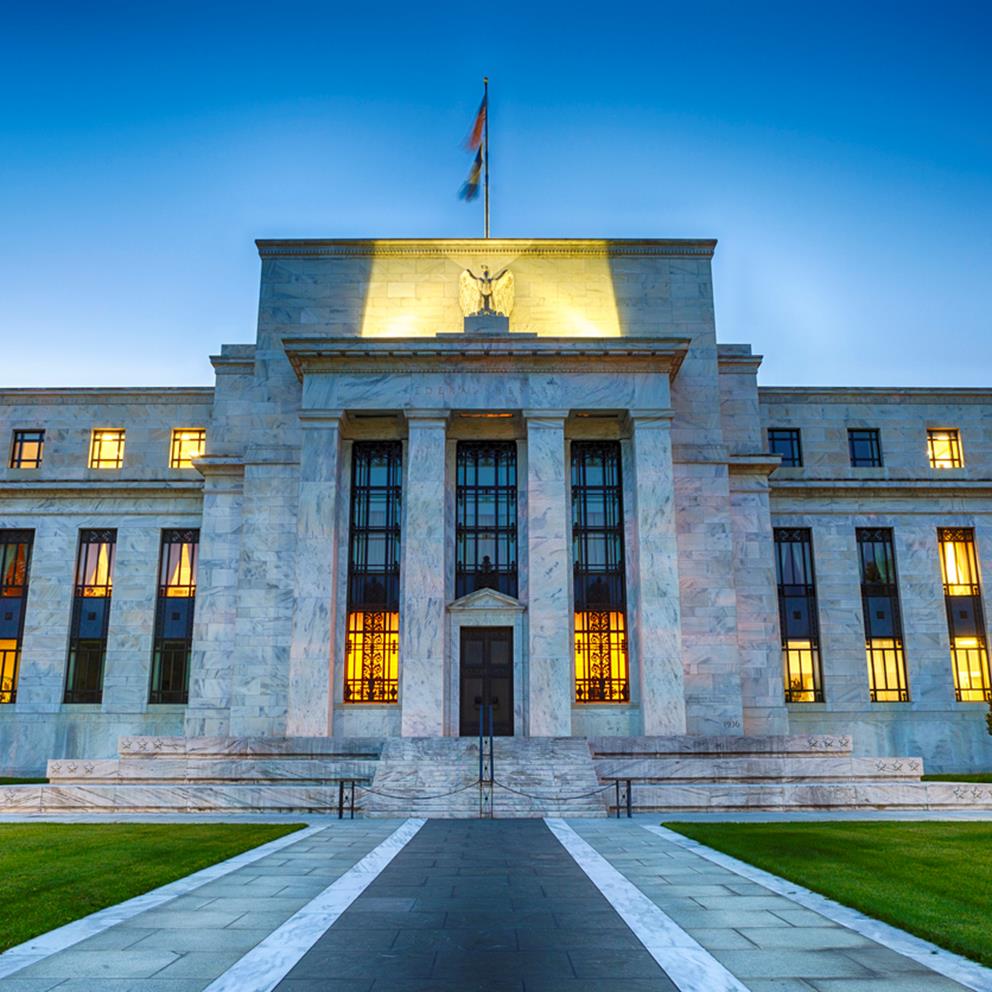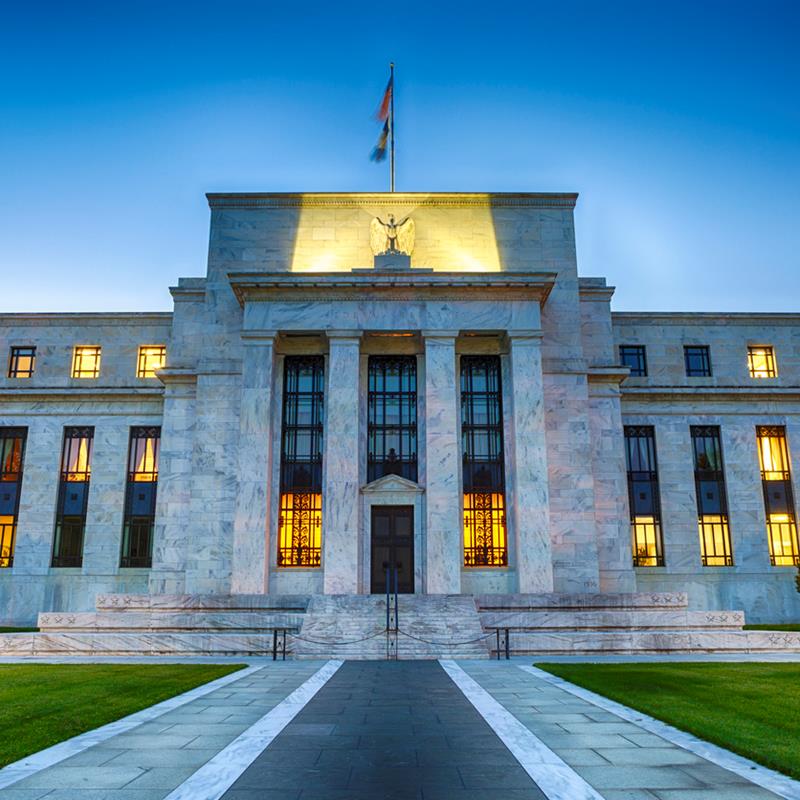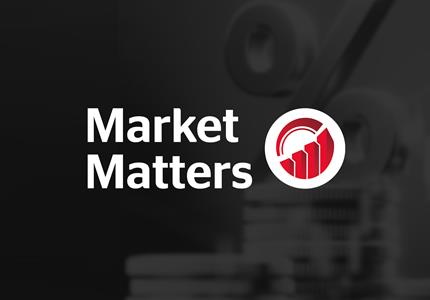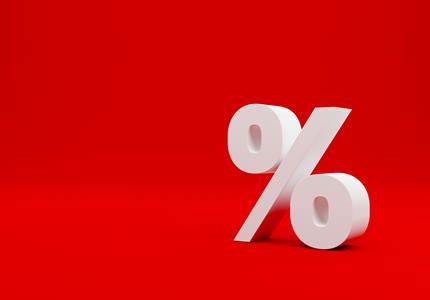

Time to focus on the opportunities
After one of the steepest and most rapid declines in history, there are some promising signs that financial markets are beginning to stabilise thanks largely to the aggressive policy action from global central banks and governments, led once again by the US Federal Reserve.
Evidence that China and other parts of Asia are slowly returning to normal economic activity, together with the path of the virus in Europe mirroring that of Asia is also contributing positively to improving sentiment.
Equities have rallied strongly in the past week whilst volatility and signs of stress in credit and money markets have also eased. At the same time, bonds and gold have risen and correlations across the various asset classes are returning to more normal ranges.
Two key factors will likely determine the future direction of global economic activity and financial markets over the coming weeks and months. The first one revolves around the COVID-19 pandemic and how long it will last.
Whilst cases in Europe appear to be peaking, the US is behind the curve and it may be another month or so before we understand the likely time-frame.
Also, new cases could accelerate in Asia as controls are lifted.
Clearly, the longer the shutdown of economic activity lasts, the greater the damage will be and markets will remain very volatile with risks skewed to the downside.
In addition, even when economies reopen, most businesses and consumers will likely continue to practice social distancing for a while. In the meantime, international trade and supply chains will stay interrupted by different policies pursued by different countries, i.e. some countries may reopen their borders while others could keep them closed.
With such high levels of uncertainty over the spread of the virus, there is little point trying to pick the floor of markets.
However, what is certain is that the COVID-19 pandemic, like all pandemics in history, will abate and eventually pass and this will allow fundamental values of financial assets to prevail.
Some economists and strategists are worried that this virus will permanently change the behaviour of businesses and consumers.
Whilst there will be some long-term implications for economic activity and policy making, there is little evidence to support these concerns. Neither SARS in 2003 nor Swine Flu in 2009 had any meaningful long-term impact on business and consumer behaviour as health care systems adapted and as vaccines emerged. Based on previous pandemics, most affected economies will likely return to their pre-crisis paths after the pandemic passes.
The second important factor is whether the huge and unprecedented fiscal and monetary response announced so far is sufficient to ensure that economic activity stabilises and recovers as quickly as possible. Governments and central banks are being forced to fight two wars at the same time (health and economic) and the potential costs for both are huge.
Just looking at the US, the US$2 trillion economic aid and rescue package together with the open-ended QE programme in place sharply reduces the corporate insolvency risk, stabilises the financial system, largely protects income levels and should also shelter key industries such as airlines.
Hence, these fiscal and monetary initiatives have transferred the corporate and individual solvency risk to more of an earnings and liquidity problem, which is still serious but more manageable. The UK and other countries throughout the world have announced similar measures.
Policymakers still have a lot more work to do as the path of the virus takes its course and as the economic and financial damage becomes clearer. The economic and corporate news flow is bleak, but to be expected and has largely been anticipated by markets, although to what extent is uncertain.
The good news is that, despite concerns in some quarters, central banks and governments have lots of ammunition left and will use it, as required, to prevent financial Armageddon.
Aggressive policy action has always been a key precondition for a bottom in any major equity bear market or financial crisis.
Judging by the size of the stimulus announced to-date, this precondition is clearly being met and more will follow, if needed. There will, of course, be major long-term economic, social and financial consequences from these policy actions but that is a concern for another day.
For example, this disruption is affecting both the supply and the demand side of the economy. In theory the demand shock is deflationary whilst the supply impact has long-term inflationary implications through reduced supply.
The ultimate effect on inflation should, therefore, depend on how these forces play out.
Initially, deflation likely presents the bigger threat since the demand destruction is immediate and any policy response will take time to be effective, whereas the supply side changes will evolve over time. Also, the collapse in energy prices adds to the deflationary pressures.
Eventually, I expect the combination of very aggressive monetary and fiscal expansion, changing supply/demand dynamics, higher energy costs and retreating globalisation will almost certainly lead to a new cycle of higher inflation with significant implications for investment strategy.
However, global policy makers will welcome higher inflation and nominal growth in order to inflate away the increasing levels of debt.
One of the key questions facing investors today is whether the market rebound represents another opportunity to sell risk assets or signals that it is time to “buy”.
No one knows for sure and with such high levels of uncertainty over the virus itself and the impact of the policy response, there is little point in trying to time the stock market trough.
As events unfold over the coming months, it would not surprise us to see markets maybe re-test their lows and continue to exhibit volatility.
However, given our expectations that the pandemic will be beaten and that the policy response will be as flexible and aggressive as needed to counter the economic damage, we believe that equity markets, in particular, will be higher in 12-18 months time, maybe considerably so.
Consequently, we will be looking to incrementally add risk exposure to our portfolios on any further weakness. We will be focusing on our favoured long-term themes, including technology, healthcare and emerging markets together with our preferred areas of value, including UK assets, global equity income and gold. This strategy could be painful in the short run but will pay off longer term.
Despite us all remaining in lockdown across all three jurisdictions in which we operate, we continue to be available for you our clients at all times and so if you have any questions regarding your investments please contact us today.
Kevin Boscher
Chief Investment Officer
FINANCIAL PROMOTION: The value of investments and the income derived from them may go down as well as up and you may not receive back all the money which you invested. Any information relating to past performance of an investment service is not a guide to future performance.


